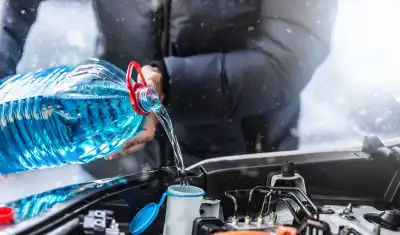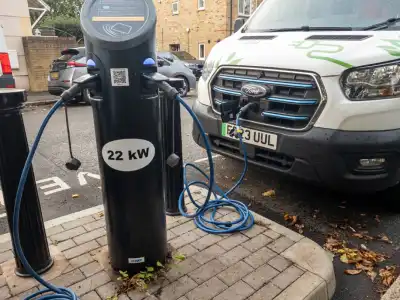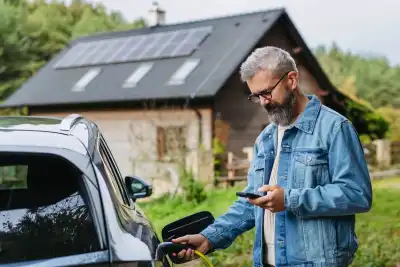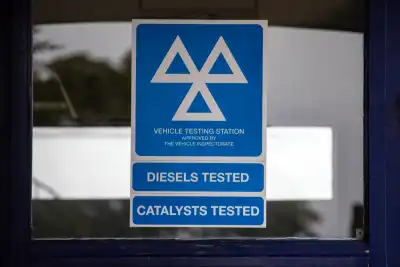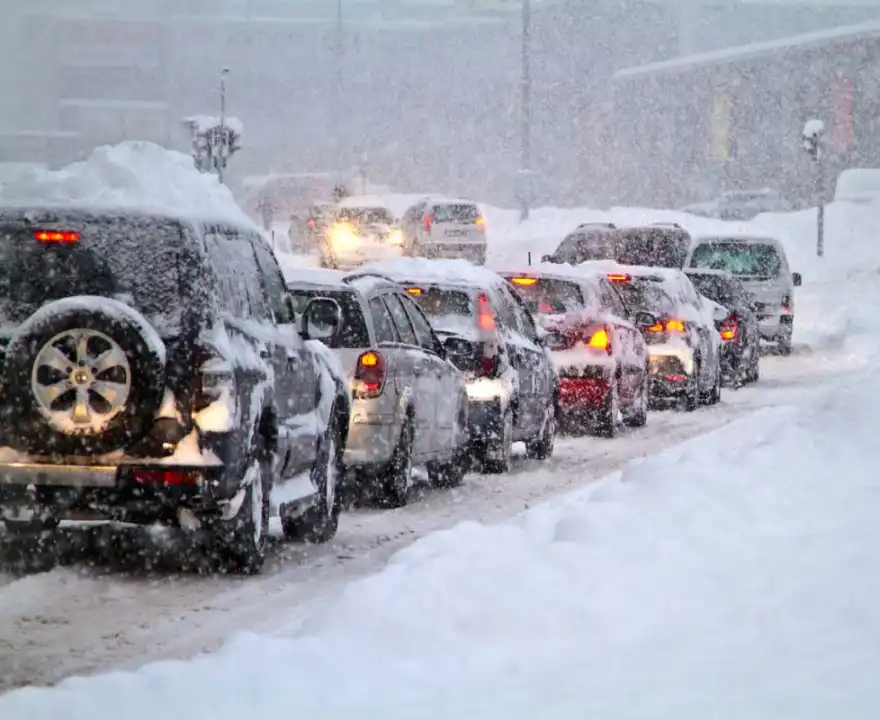
In winter, it’s common to find your car covered in snow and ice. While it may look picturesque, it’s crucial to understand the rules before driving in these conditions. Failing to properly clear your car could result in fines—and more importantly, it could put lives at risk.
Is it Illegal to drive with snow on your car?
Legally, there is no specific law that prohibits driving with snow on your car. However, the Highway Code requires that you must be able to see out of all glass panels of your vehicle when driving in adverse weather. This is backed by Section 41D of the Road Traffic Act 1988, which makes it a legal obligation to have a clear view of the road before setting off.
Driving without clearing your windscreen, windows, or mirrors could result in a fine and poses a serious danger to you, your passengers, and other road users. Make sure your windscreen is de-iced on the outside and demisted on the inside before driving.
What about snow on the roof?
While there is no direct law against driving with snow on your car’s roof, it can lead to penalties. If snow falls onto your windscreen or into the path of another vehicle, you could be charged with "driving without due consideration" or "using a motor vehicle in a dangerous condition." Clearing snow from the roof is not just advisable—it’s essential.
Even for short trips, thoroughly remove all snow, ice, and condensation from your car, including all windows, lights, and any surfaces where snow might fall into another motorist's path. Neglecting to do so could lead to a run-in with the police.
Is it Illegal to drive with snow on lights or number plates?
Yes, it is a legal requirement that all lights and number plates are clearly visible. In low-light winter conditions, it’s also wise to drive with your sidelights or dipped headlights on to ensure other drivers can see you. Failing to do so could lead to accidents, fines, or worse.
Additionally, since winter driving involves using lights more frequently, regularly check that all your vehicle's lights are working and replace any that aren’t.
Is it Illegal to drive with snow on mirrors?
Yes, all mirrors must be clear and demisted before driving. You cannot legally drive until your vision is fully unobstructed. Ignoring this could result in a £60 fine and three penalty points for careless or inconsiderate driving.
Other important considerations
Demisting: Legally, all windows must be demisted before driving. If you're unsure how to do this quickly check out guided for efficient demisting techniques.
Insurance Implications: Failing to clear your windows and mirrors could affect your insurance. In the event of an accident, your insurer may hold you at fault for neglecting to prepare your car properly, which could lead to a rejected claim. This applies to standard policies, temporary insurance, and learner driver insurance alike.
Final tips for safe winter driving
Use a proper scraper and de-icer to clear snow and frost, It's a small investment that saves time and keeps you safe.
Always check your car thoroughly before setting off, including lights, mirrors, windows, and number plates.
Ensure your vehicle is fully prepared to avoid penalties, fines, or accidents.
Remember, driving safely in winter isn't just about following the law, it's about protecting yourself and others.

